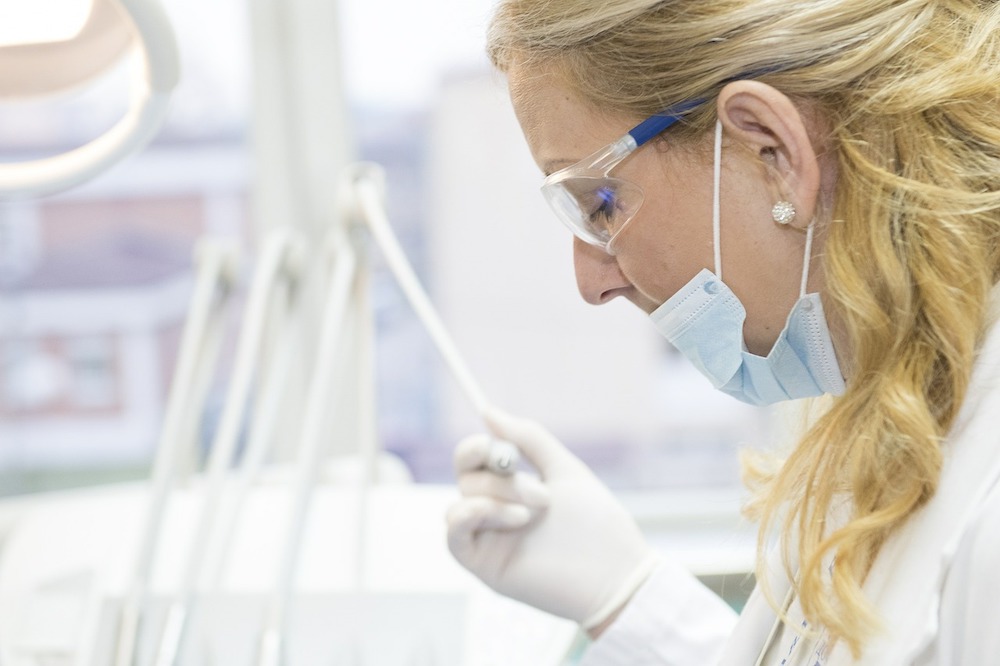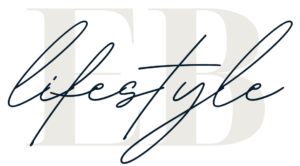Despite having years of experience in their profession, doctors and other healthcare experts can still miss a lot of symptoms by merely examining your body. A more thorough assessment of your body’s tissues, blood vessels, and bones is necessary for some medical diseases.
While X-rays and ultrasounds can offer some insight, a Computed Tomography (CT) scan is typically the next step when a more thorough picture is needed. These scans are widely used to detect and diagnose several diseases and conditions, and having information about CT scans is essential for everyone to analyse their report.
3 Things You Need to Know About a CT Scan and What Actually Happens
What Is A CT Scan?
A CT scan is a particular type of X-ray that allows doctors to see inside your body without radiation. The scan uses a specific X-ray machine (a CT scanner) to create cross-sectional images of your body. A doctor can view these images by radiologists, who then examine them to diagnose and treat medical conditions. These tests are usually used to diagnose problems with bones, soft tissue (muscles and organs), blood vessels, lymph nodes, lungs, heart and chest cavity, or brain and spinal cord.
They can also find tumours and infections. These scans are beneficial if you have pain or swelling in one area of your body, surgery on an organ, unexplained symptoms like fever or nausea, or if another test shows something unusual about your internal organs or tissues.

What Happens During A CT Scan?
X-rays are used in a CT scan, a form of imaging treatment, to create cross-sectional images of the body. These pictures are used to diagnose and treat medical conditions. When you go in for this test, you’ll lie on a table that slides into the leading scanner (the gantry). The technician will provide instructions during the procedure and tell you what to do.
A doctor will ask the patient to remove any jewellery or other objects that can interfere with the scan. They could request you to take off your clothes and don a gown during the procedure. The CT scanner rotates around you as it takes images from different angles, often quickly capturing several images. The technician will activate the machine when ready and tell you when to hold still for each image, usually counting down from three to four seconds before pressing a button on their computer screen to capture each shot.

Can You Eat During A CT Scan?
You can eat during a CT scan, but you’ll need to fast for at least six hours beforehand. They inject a special dye into your vein before the scan, which shows up on the images. The dye helps doctors see more clearly what’s happening inside your body.
If you’re having a CT scan, it will specially instruct you on what to eat or drink before the procedure. You’ll likely be given an IV (intravenous) line so that you can receive fluids if needed during your process. Additionally, you can be given a motion sickness preventative or sedative before the scan starts.

How Do Doctors Use CT Scans?
CT scans are used to find out more about parts of your body that can’t be seen with other tests, such as an X-ray or MRI. Doctors use the reports to look inside your body and visit areas where swelling (edema), bleeding, or tumours may be causing pain or other symptoms. In rare circumstances, more than one scan may require doctors to obtain the necessary data.
These rapid, painless scans can be performed in an emergency with little planning. A CT scan takes less than an hour to complete but depending on who is reading the results; you might not get them right away. For identifying disorders with soft tissues, blood arteries, and other body parts that cannot be detected with X-ray or ultrasound imaging, CT scans are a fantastic tool.
